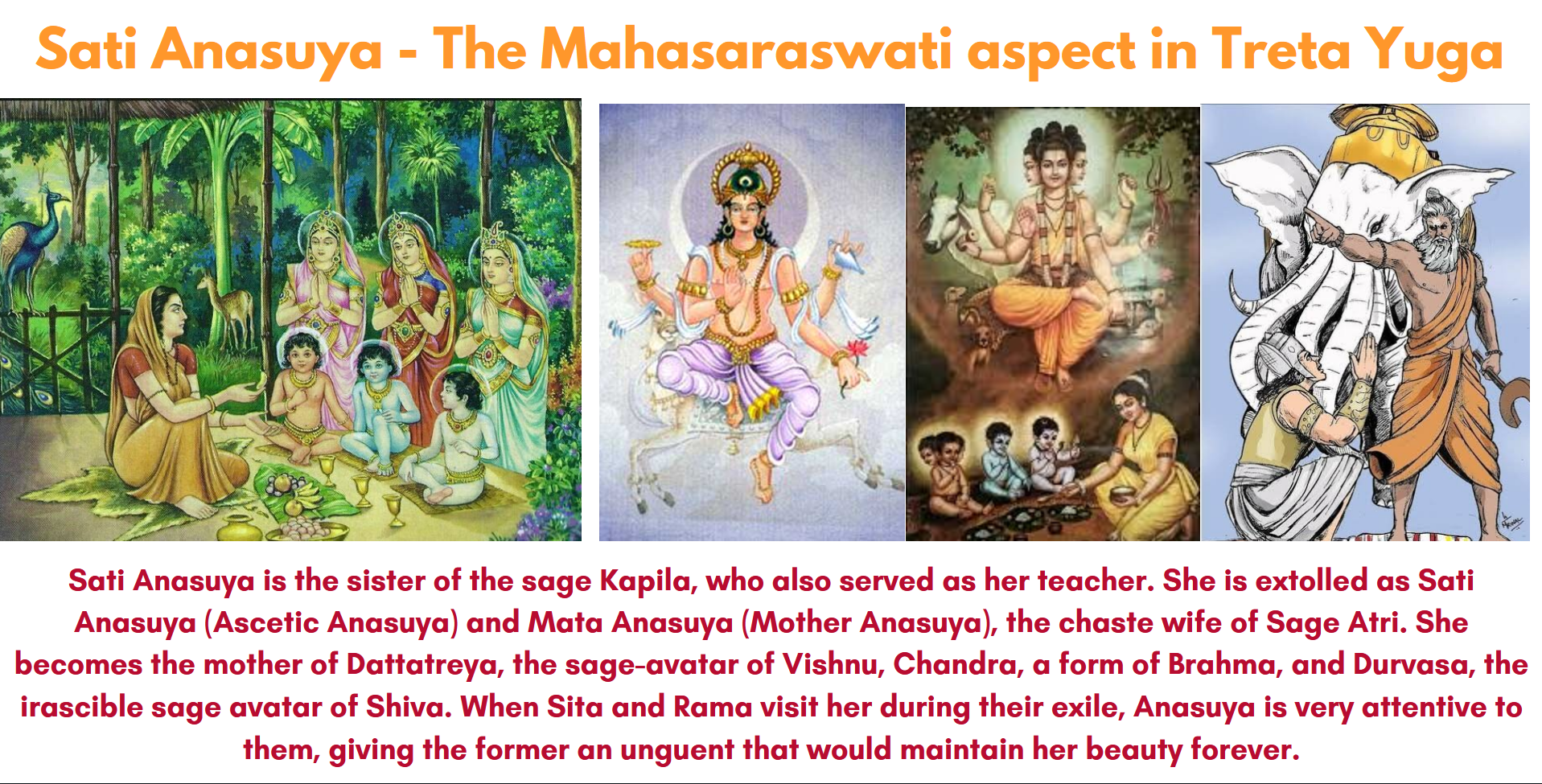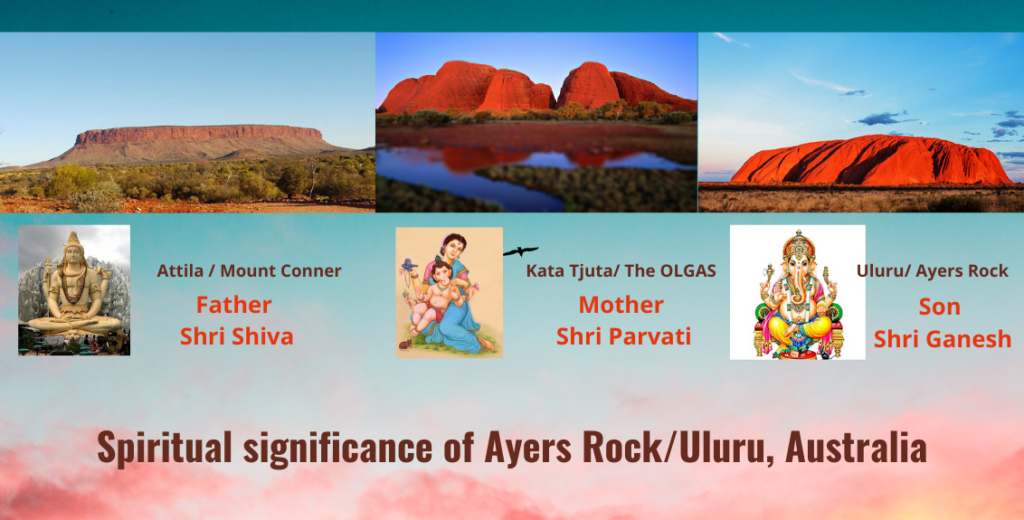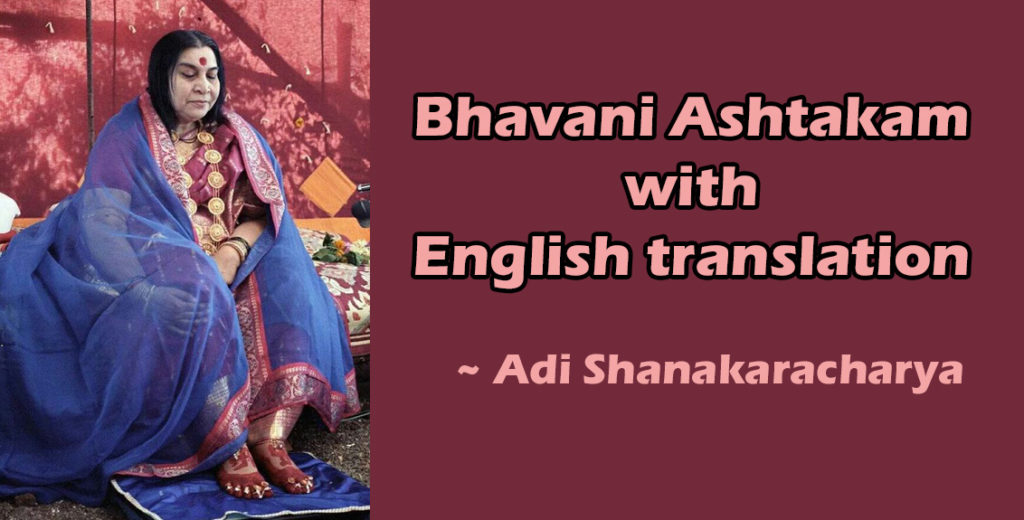Sati Anasuya – The Mahasaraswati aspect in Treta Yuga
Sati Anasuya is a revered figure in Hindu mythology and is considered to be an epitome of virtue, devotion, and chastity. Her story is widely celebrated and serves as an inspiration for women in Indian culture.
According to ancient Hindu texts, Anasuya was the wife of the sage Atri, who was known for his deep penance and asceticism. Anasuya herself was renowned for her exceptional beauty, wisdom, and unwavering devotion to her husband.
Anasuya’s devotion and purity were tested by the gods Brahma, Vishnu, and Shiva, who were intrigued by her virtuous reputation. They decided to put her character to the ultimate test by disguising themselves as weary travelers and seeking her hospitality.
The gods visited Anasuya’s hermitage when Atri was away and requested her to serve them food while being completely naked. Anasuya, however, remained steadfast in her devotion to her husband and the principles of dharma. In a remarkable display of her purity and self-control, Anasuya prayed to her inner power and turned the gods into infants.
When Atri returned and saw the divine infants, he was astonished. Anasuya narrated the events that had transpired, and Atri realized the divine nature of their guests. The gods, now in their true forms, appeared before Anasuya and expressed their admiration for her exceptional virtues.
Impressed by her unwavering devotion and the strength of her character, Brahma, Vishnu, and Shiva granted Anasuya a boon. She requested them to restore her guests to their original forms and bless her with children. The gods granted her wish and blessed her with three sons who would later become great sages themselves—Dattatreya, Chandra, and Durvasa.
The story of Sati Anasuya highlights the importance of devotion, chastity, and adherence to dharma in Hindu mythology. Anasuya’s unwavering commitment to her husband and her virtuous nature earned her immense respect and admiration, making her a role model for women in Indian culture.
Her story also emphasizes the power of a woman’s purity and self-control. By transforming the gods into infants through her inner strength and devotion, Anasuya showcases the divine potential that lies within every individual, irrespective of gender.
Sati Anasuya’s tale has been widely depicted in various Hindu scriptures, religious texts, and folklore. Her story serves as a reminder of the significance of virtue, devotion, and righteousness, inspiring generations of women to emulate her character and seek inner strength through devotion and righteousness.
Treta Yuga
During the Treta Yuga, at the time of Shri Rama, Adi Shakti incarnated
in three separate human personalities, expressing Her three aspects:
- Sita Janaki (Mahalakshmi) as the daughter of Raja Janaka
This was the first absolute human form (Loukik) - Sati Anasuya (Mahasaraswati) as the wife of a great saint
- Mandodari (Mahakali) as the wife of the demon Ravana




